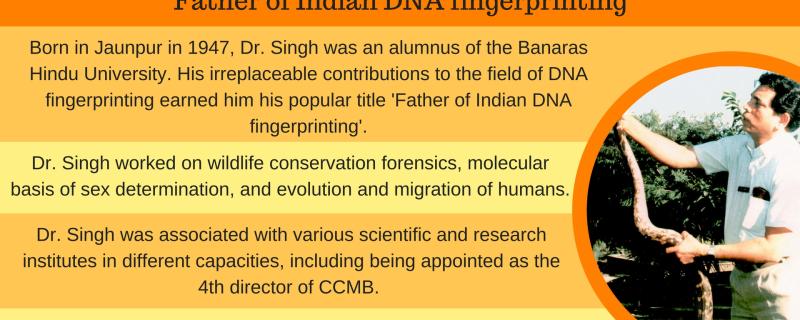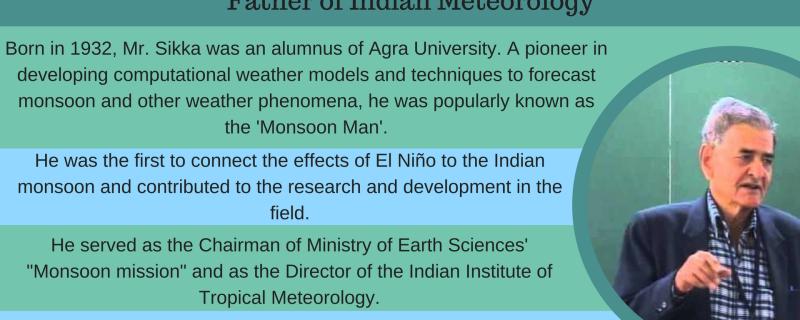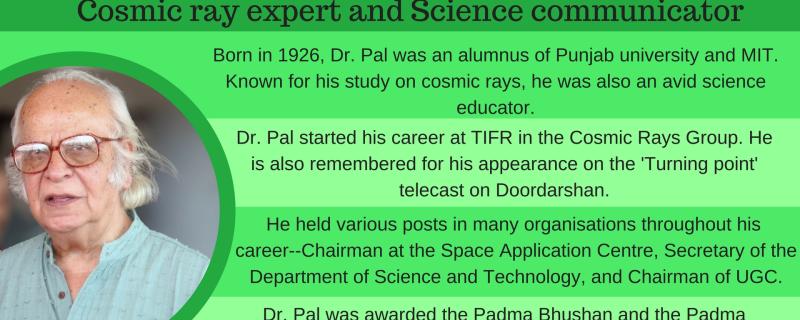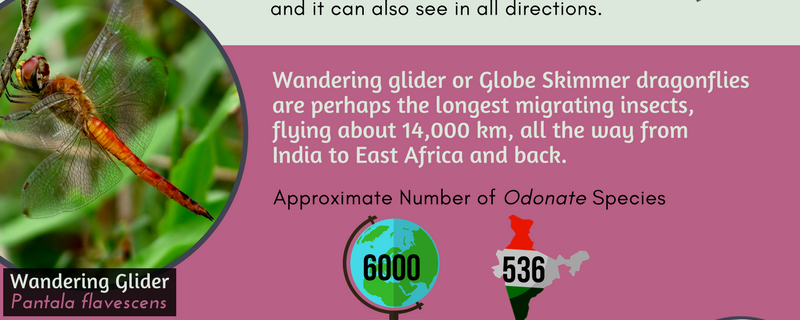Dr. Lalji Singh was born in the small village of Kalwari in Jaunpur district of Uttar Pradesh on 5th July 1947, to a farmer and head of village, Suryanarayan Singh. With no higher education facilities in his village, Lalji strived for an education early on, travelling to a nearby village to complete his schooling and joining the reputed Banaras Hindu University.
आईआईटी मुंबई द्वारा विकसित नया स्पाडानेट (SpADANet) नामक डीप लर्निंग फ्रेमवर्क सीमित लेबलों का उपयोग करते हुए कई, चक्रवातों में हुए हानि के वर्गीकरण की सटीकता को बढ़ाता है।
Mumbai/









